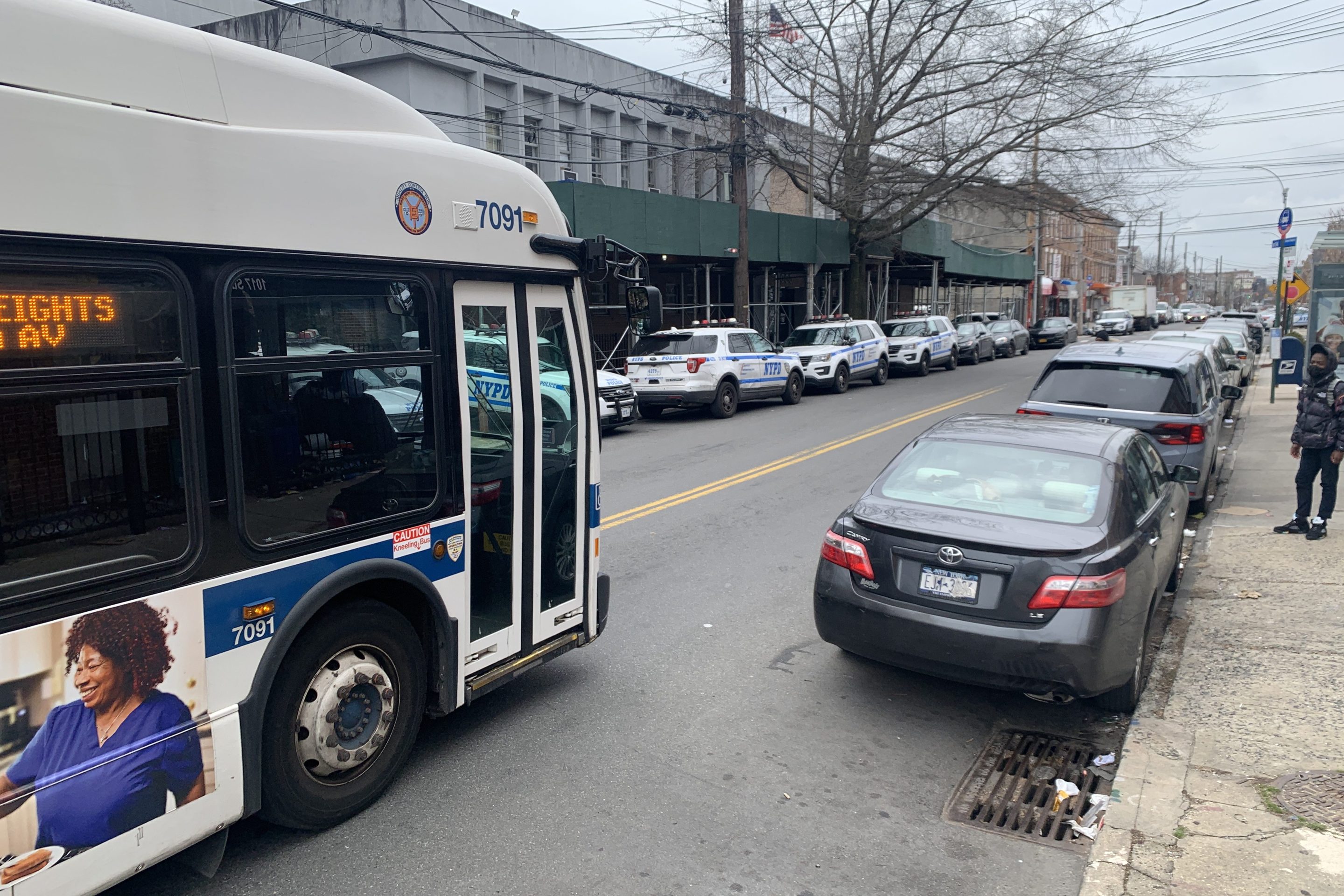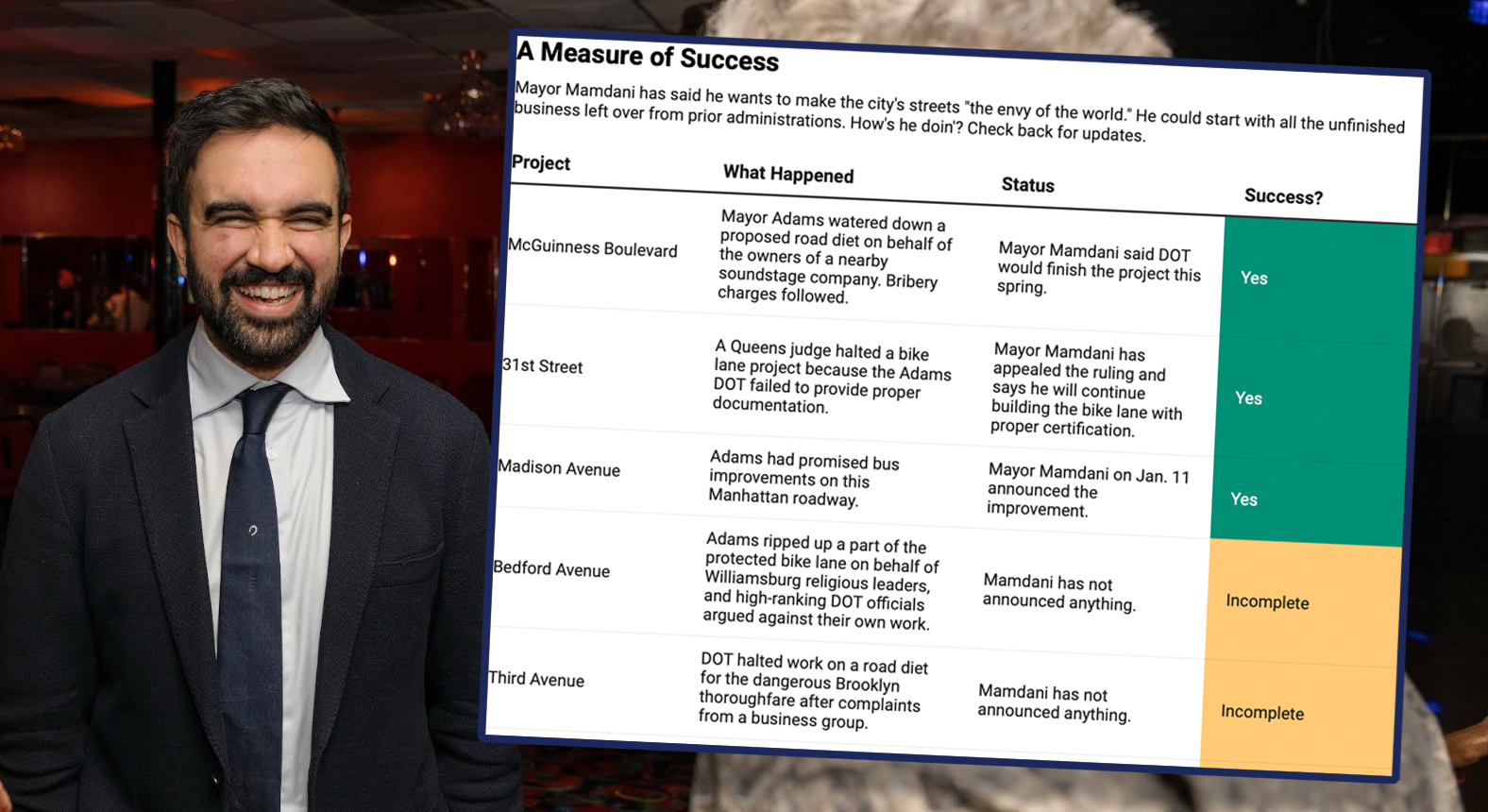Across the nation, there's a lot of hand wringing going on about how state budget crises will affect local communities. Will trash pickup be less frequent? Will senior services be cut? How will the schools be affected?
All of this obscures, to a certain extent, one of the major ways we got ourselves into this mess in the first place. For roughly 50 years, states have allowed and encouraged their metro areas to grow outward, building countless miles of new roads, sewers, and other infrastructure with little regard for the sustainability and efficiency of the new communities.
This trend is particularly disastrous in places that have had stagnant or declining populations, as Aaron Renn from the Urbanophile explains:
Think Chicago (where the region only gained 362,000 people and the city lost 200,000), or Detroit or Cleveland. In these places sprawl is simply sucking the life out of the heart of the region. This was perhaps best shown in Buffalo, which Chuck Banas described as an example of “sprawl in its purest form.” Between 1950 and 2000, the Buffalo region tripled its urban footprint, but added effectively no population.
Wonder why Illinois and Chicago are in such a horrible fiscal crisis? Yes, Springfield is dysfunctional. Yes, there are sweetheart union deals. This is all true. But the massive exurbanization of the region while the core (excepting the “core of the core”) declines is a massive drain on the treasury. Huge sums of money are being pumped into serving these areas, whether that be a Metra line extension to Elburn or brand new Ogden Ave. in Oswego. This investment is being made at a time when the existing infrastructure cannot be maintained. And that new urbanized footprint has to be maintained itself and operated in perpetuity. Plus, the rump suburbs and neighborhoods being left behind get turned into de facto wards of the state or federal government, a costly enterprise in its own right. It should be totally unsurprising that we’re in a fiscal mess here.
Michigan and Ohio are even worse. Michigan as a whole lost population. The Detroit region did as well, yet there are still all sorts of highway expansion projects on the books there. In Ohio, the state is widening roads in Cleveland while the population on a regional basis dropped. As Ed Glaeser noted, the problem with shrinking cities is that they have too much infrastructure relative to population, so why build even more infrastructure you have to maintain? During the stimulus, Ohio’s #1 highway project was a $150 million bypass around a town of 5,000. With decisions like these, it is any wonder these states are in trouble?
Budget cuts are going to be painful in Ohio and Michigan and lots of other places. They were inevitable, recession or not, in part because this type of development is simply not sustainable, economically or otherwise. It's unfortunate that the leaders in these states haven't taken this opportunity to reexamine some of the macro-level policy decisions that led to the current crisis.
The more politically expedient thing seems to be talking tough about union contracts, or even transit and schools. In Wisconsin, Scott Walker is actually planning to expand highway spending, while taking a hacksaw to everything else. But budget cuts alone can't help these states out of the disaster they have created until they acknowledge the huge public expense of building and maintaining sprawl. Until then, all this talk of "fiscal conservatism" is just that: talk.
Elsewhere on the Network today: Walkable Dallas-Fort Worth maps the city's outdoor cafes as a rough approximation of the region's most vibrant urban places. Wash Cycle celebrates the expansion of Capital Bikeshare. And Chris Leinberger at The New Republic examines how demographic analysis from Joel Kotkin and Wendell Cox gives an incomplete picture of the demand for walkable, urban places.






